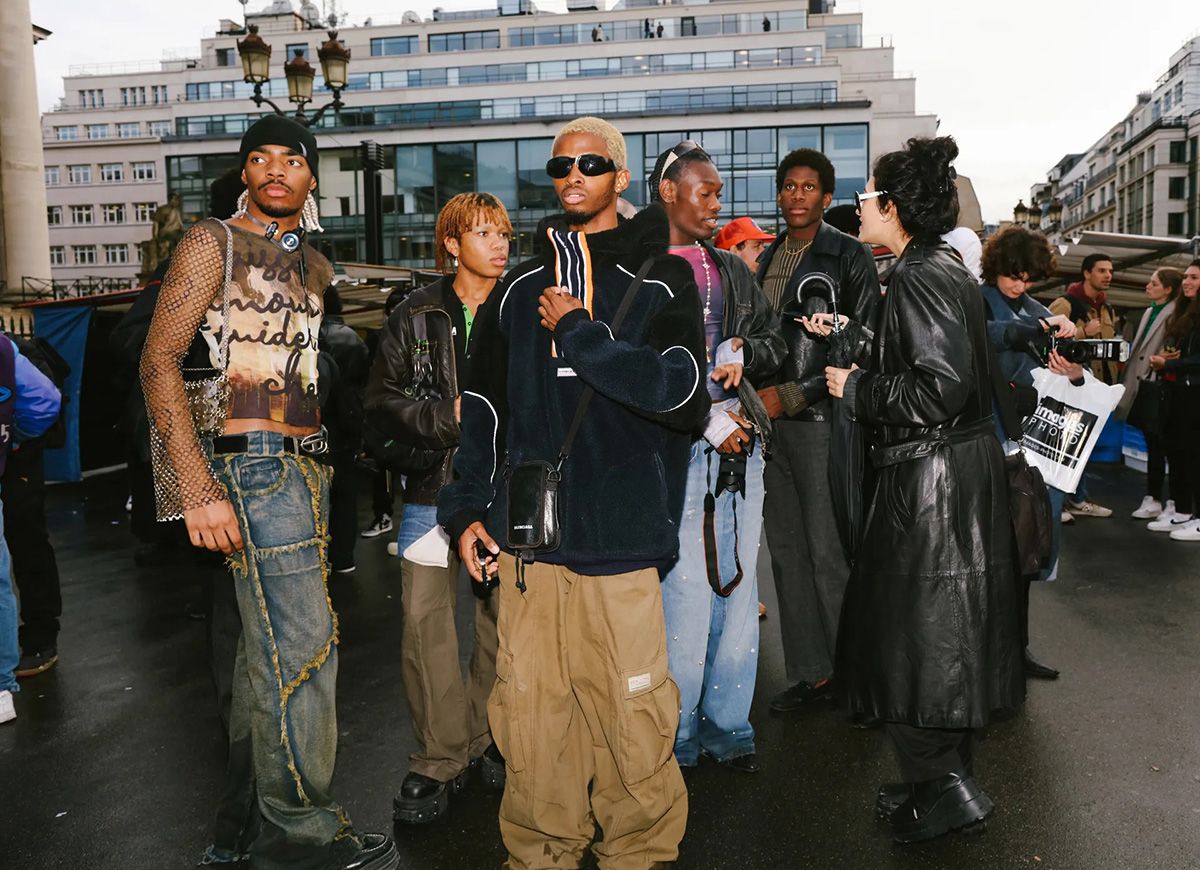
The evolution of streetwear: a brief history and where it's headed
Streetwear has come a long way since its humble beginnings in the 1970s, when it was worn by skateboarders, surfers, and other countercultural groups as a way to express their identity and rebel against mainstream fashion.
But over the years, streetwear has evolved and gained mainstream popularity, and today it encompasses a wide range of styles, from hip hop to skate to punk and beyond.
So where did streetwear come from, and where is it headed? Here's a brief history of the evolution of streetwear:
1970s-1980s: The origins of streetwear can be traced back to the 1970s, when skateboarders and surfers in California began creating their own clothing brands to represent their culture and lifestyle. These brands, such as Stussy and Hurley, laid the foundation for what would later become known as streetwear.
1990s: In the 1990s, streetwear gained mainstream popularity and began to encompass a wider range of styles and influences, including hip hop, skate, and punk. Brands like Supreme, FUBU, and Phat Farm became popular among youth culture, and streetwear started to become more mainstream and commercialized.
2000s: In the 2000s, streetwear continued to evolve and expand, with brands like A Bathing Ape, BAPE, and Diamond Supply Co. gaining popularity. Streetwear also began to cross over into high fashion, with designers like Marc Jacobs and Alexander Wang incorporating streetwear elements into their collections.
Today: Today, streetwear is more mainstream and commercialized than ever, with brands like Off-White, Yeezy, and Supreme collaborating with luxury fashion houses and major retailers. Streetwear has also become more inclusive and diverse, with an increasing number of independent brands and designers creating clothing for a wider range of sizes and styles.
So where is streetwear headed? It's hard to say for certain, but one thing is for sure – streetwear will continue to evolve and change, influenced by youth culture and the ever-changing landscape of fashion. One thing that has remained constant, however, is streetwear's ability to represent counterculture and individuality, and this is likely to continue in the future."


